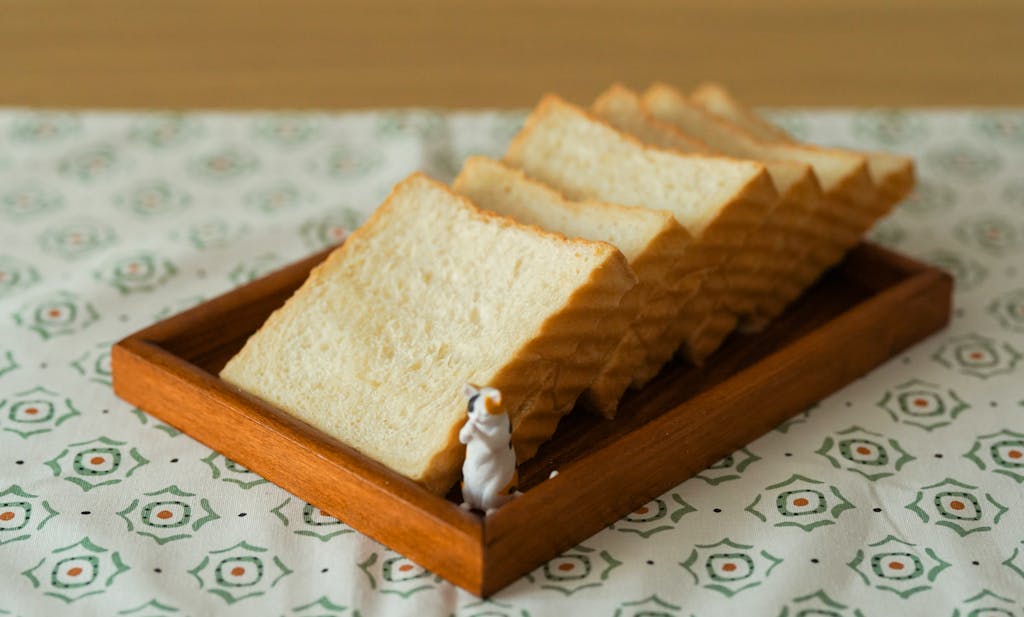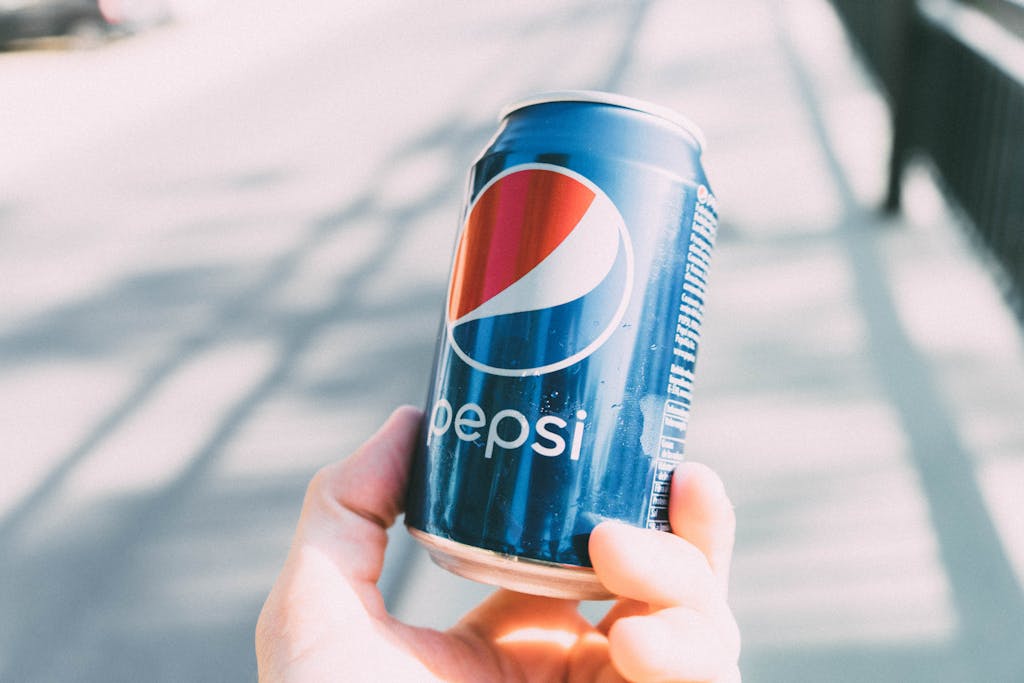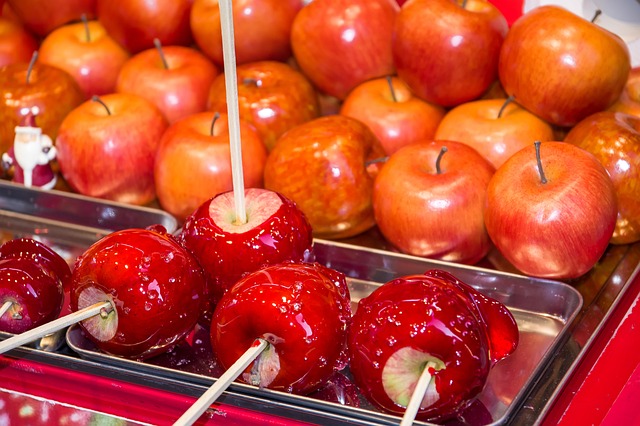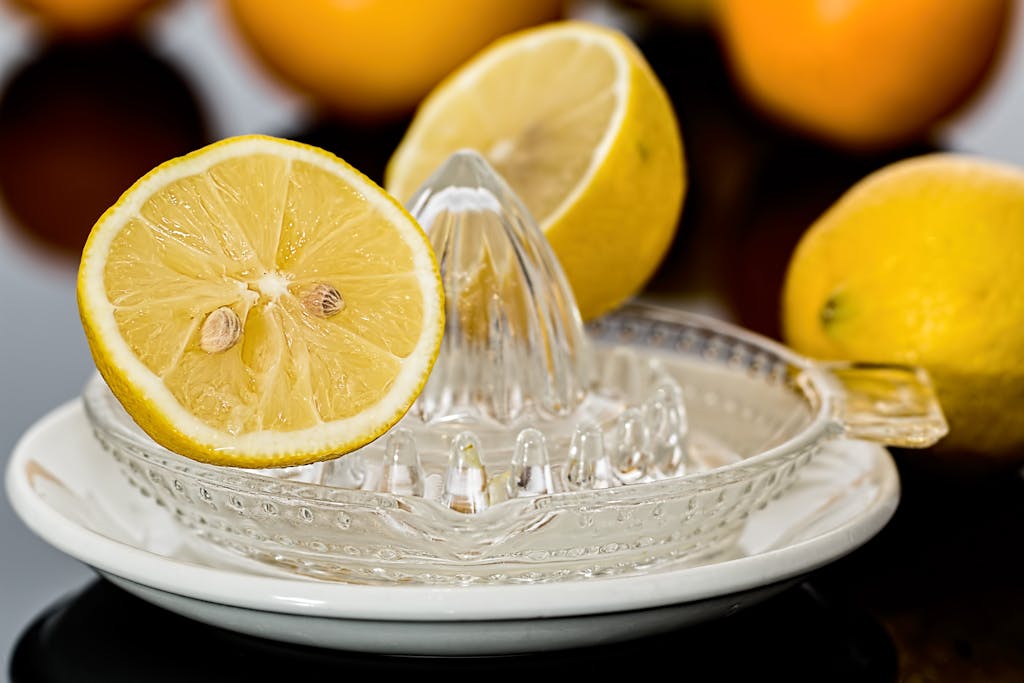Plaque buildup is a concern for many people, but did you know that the foods you eat can significantly affect it? While brushing and flossing are essential, your diet plays a critical role in maintaining oral health. Certain foods can cause plaque to form more quickly, leading to potential dental problems. But don’t worry, by making a few changes, you can manage plaque and keep your teeth healthier.
Let’s look at five common foods that contribute to plaque buildup and what you can do to minimize their effects. Understanding these foods will help you make smarter choices for your teeth.
5 Plaque Causing Foods
1. Sugary Snacks and Candies
It’s no secret that sugar is bad for your teeth, but sugary snacks and candies top the list of foods that contribute to plaque buildup. These treats are a playground for the bacteria in your mouth, which feed on sugars and produce acids that can break down tooth enamel, leading to plaque formation.
When you eat sugary snacks, especially sticky or chewy candies like caramels or gummies, they tend to cling to your teeth for a long time. This gives bacteria plenty of time to feast and multiply, which can accelerate the buildup of plaque. Even if you brush regularly, the lingering sugar can make it difficult to completely remove plaque. To help reduce plaque buildup after eating sugary treats, consider using an iodine mouthwash like ioRinse Ultra Mouthwash, which helps clean away food particles and bacteria, especially in between teeth.
2. Starchy Foods
Starchy foods, such as bread, pasta, and chips, can also contribute to plaque buildup. These foods break down into sugars as you chew, which feed the bacteria in your mouth. Refined carbohydrates, like white bread and crackers, often get stuck between your teeth and along the gumline, creating a breeding ground for plaque.
The problem with starchy foods is that they easily adhere to your teeth, especially in hard-to-reach places. The sugars from these foods can stay behind even after brushing, leading to plaque buildup if not thoroughly cleaned out. Over time, this can result in more serious dental issues like cavities or gum problems.


3. Sugary Drinks and Sodas
Sugary drinks, including sodas, fruit juices, and energy drinks, are a major contributor to plaque. The high sugar content in these beverages coats your teeth, feeding the bacteria that produce plaque. Additionally, sipping on sugary drinks throughout the day extends the time your teeth are exposed to sugar, increasing the risk of plaque formation.
These drinks are particularly harmful because they can reach every surface of your teeth, including between teeth and along the gumline. Even diet sodas, which are sugar-free, can be problematic due to their high acidity, which weakens enamel and makes plaque more likely to stick to your teeth.


4. Sticky Foods
Sticky foods are notoriously difficult to clean off your teeth, and they can be major contributors to plaque buildup. Foods like dried fruits (raisins, figs, etc.), caramel, and even peanut butter tend to adhere to the surface of your teeth and gums, making it harder for saliva or even a toothbrush to remove them fully.
When left on the surface of your teeth or in crevices, sticky foods create the perfect environment for plaque to thrive. Over time, this can lead to more significant dental problems if not managed properly.


5. Acidic Foods
Acidic foods, such as citrus fruits, tomatoes, and pickles, can weaken tooth enamel, making it easier for plaque to stick to your teeth. While they don’t directly cause plaque, the acids from these foods lower the pH level in your mouth, which creates an environment where bacteria can flourish.
The problem with acidic foods is that they erode your tooth enamel over time. Once the enamel is weakened, plaque can easily adhere to the surface of your teeth, leading to an increased risk of cavities and gum disease. It’s important to balance your consumption of acidic foods and take steps to protect your enamel, such as rinsing your mouth with water after eating.


Managing Plaque Without Changing Your Diet
While it’s impossible to completely avoid all the foods that contribute to plaque buildup, being aware of how they affect your oral health can help you make better choices. By reducing your intake of sugary, starchy, and sticky foods, and being mindful of the impact of acidic foods and drinks, you can significantly reduce your risk of plaque formation.
If you’re not ready to make significant changes to your diet but still want to manage plaque buildup effectively, incorporating ioRinse Ultra Mouthwash into your oral care routine can make a big difference. ioRinse Mouthwash is designed to help reduce plaque by targeting the bacteria that feed on sugars and starches left behind by the foods you eat.
Its powerful, professional-grade formula helps clean hard-to-reach areas, neutralize acids, and remove food particles that brushing and flossing might miss. By using ioRinse daily, you can maintain a cleaner mouth and fresher breath without drastically altering your eating habits.
Affiliate Disclosure
Some of the links on this site are affiliate links. This means that if you click on the link and purchase the item, we may receive an affiliate commission at no extra cost to you. I only recommend products or services that I believe will add value to my readers, however some (not all) do pay us to be on this blog. Your support and theirs helps keep this blog running, and I genuinely appreciate it.
Medical Disclaimer
The information provided on this website is for educational purposes only and is not intended as medical advice. This blog or the writer is not a licensed healthcare professional, and the content should not be used as a substitute for professional medical diagnosis, treatment, or advice. Always consult with your physician or other qualified healthcare provider before starting any new treatment or making any changes to your healthcare routine.
